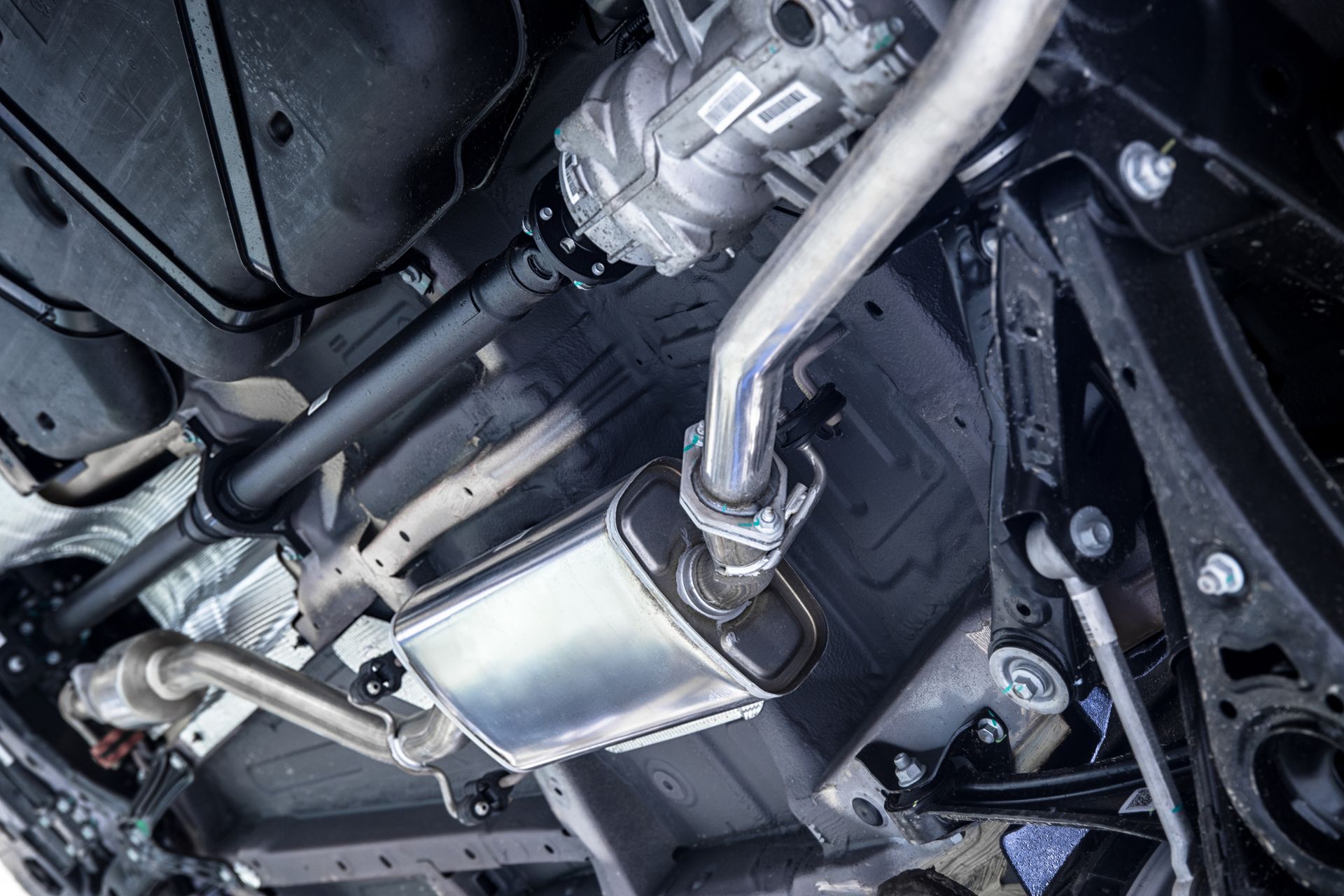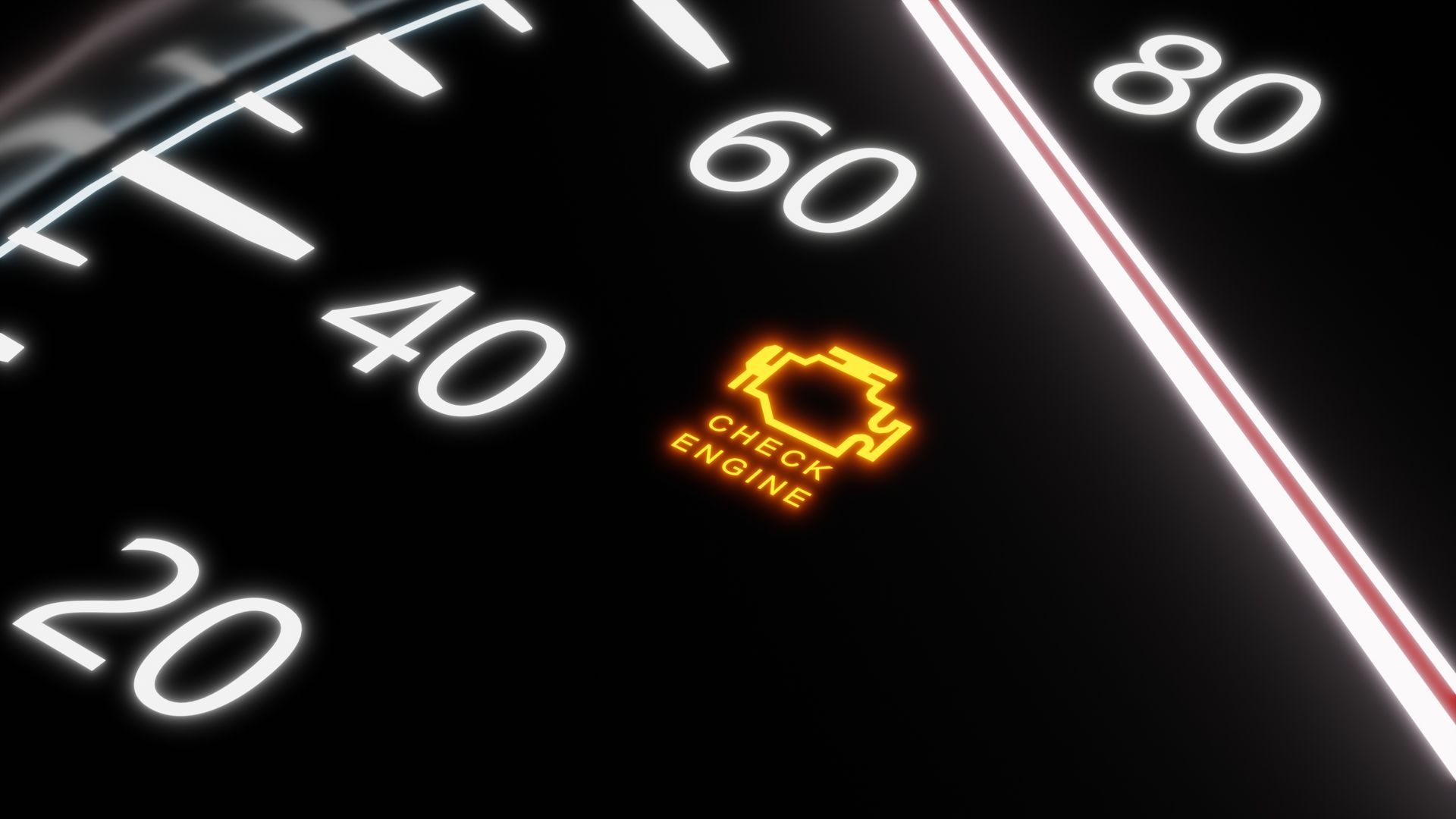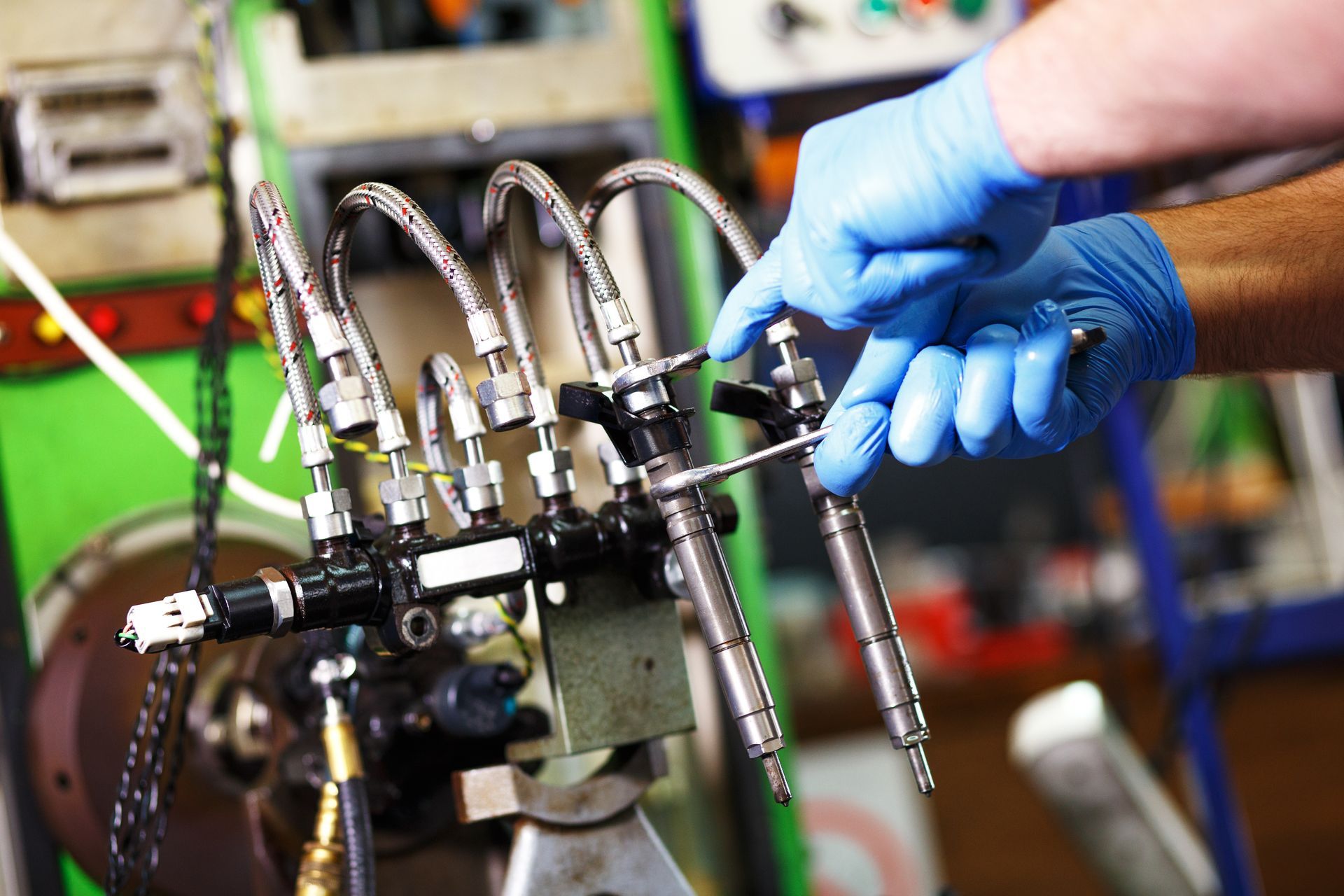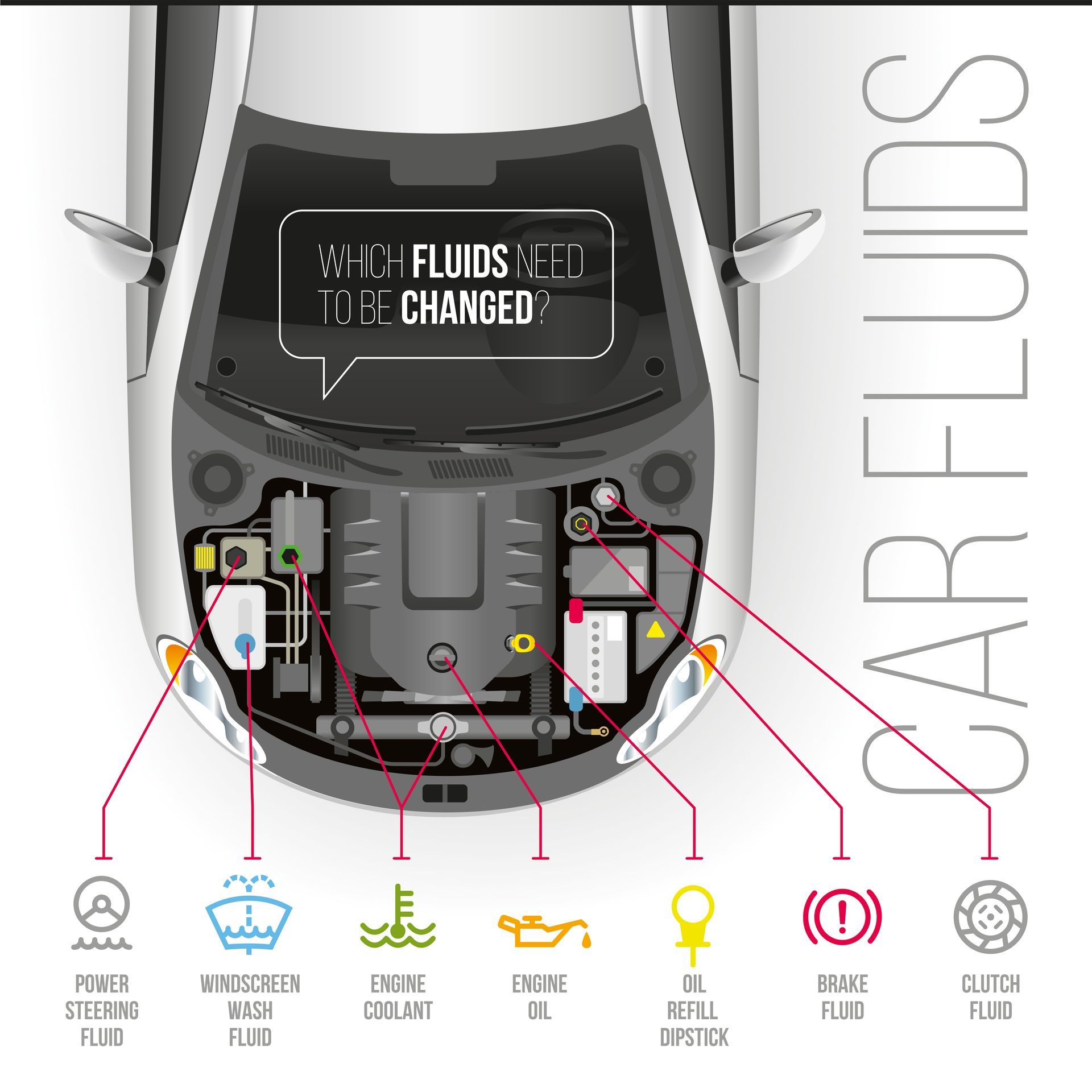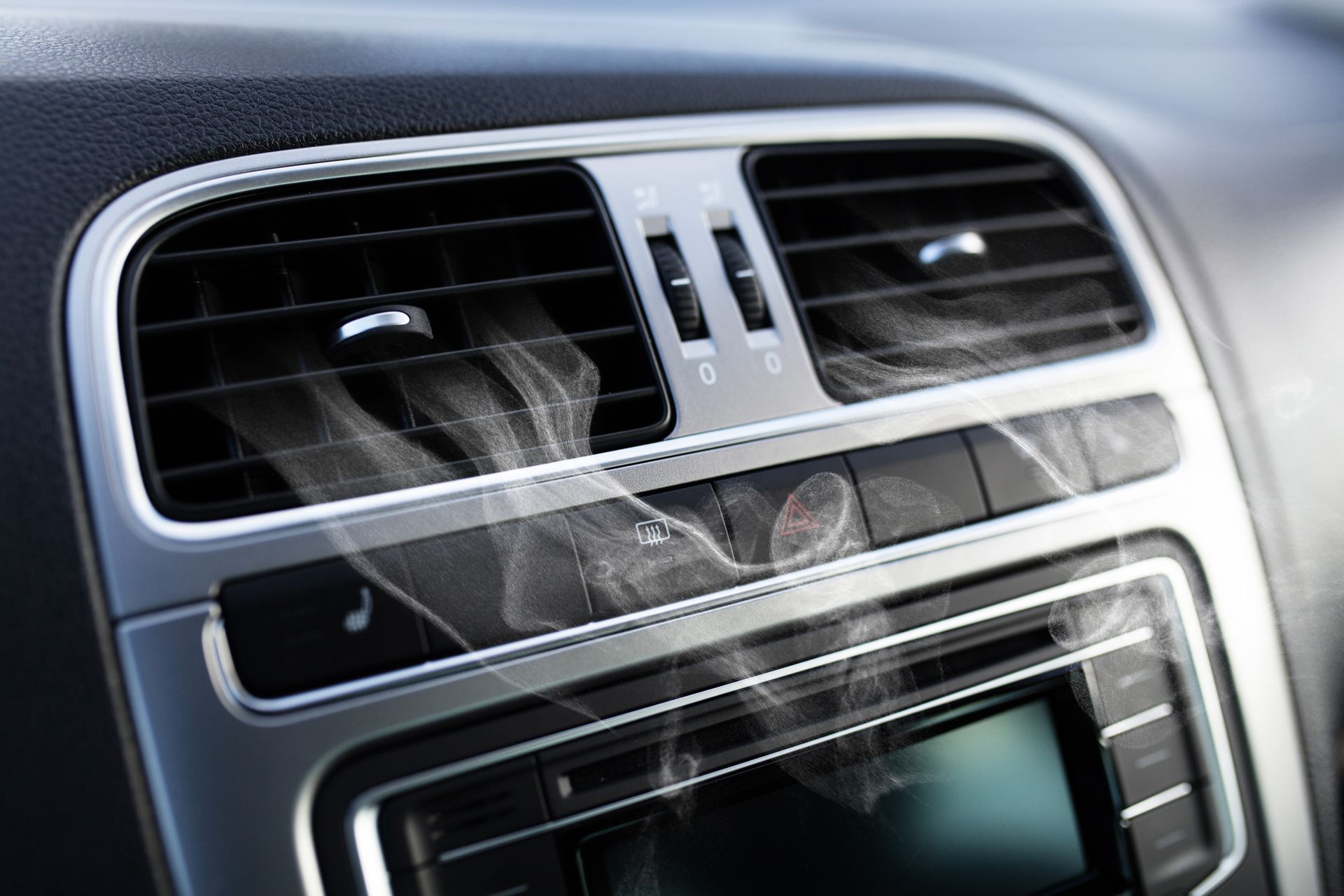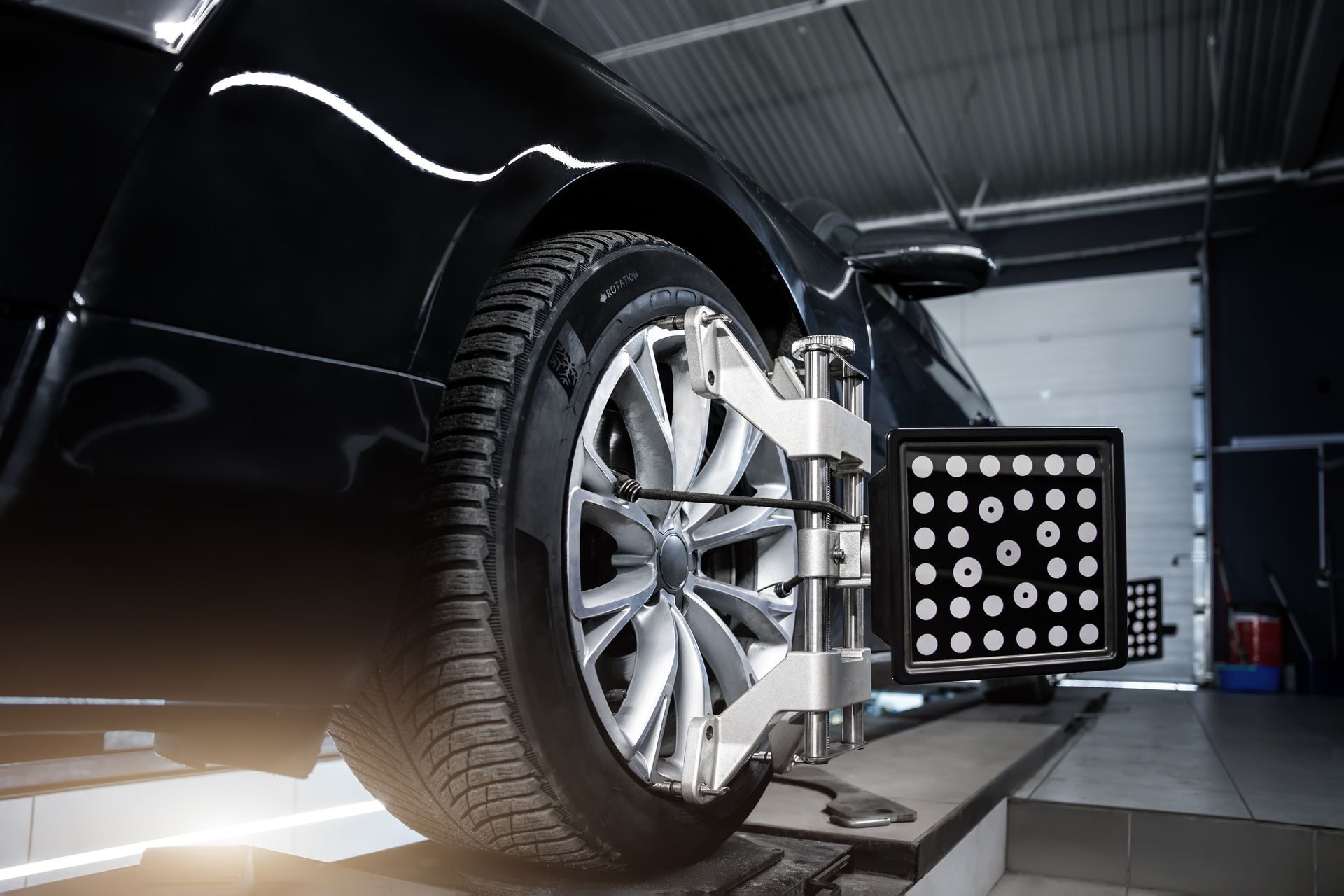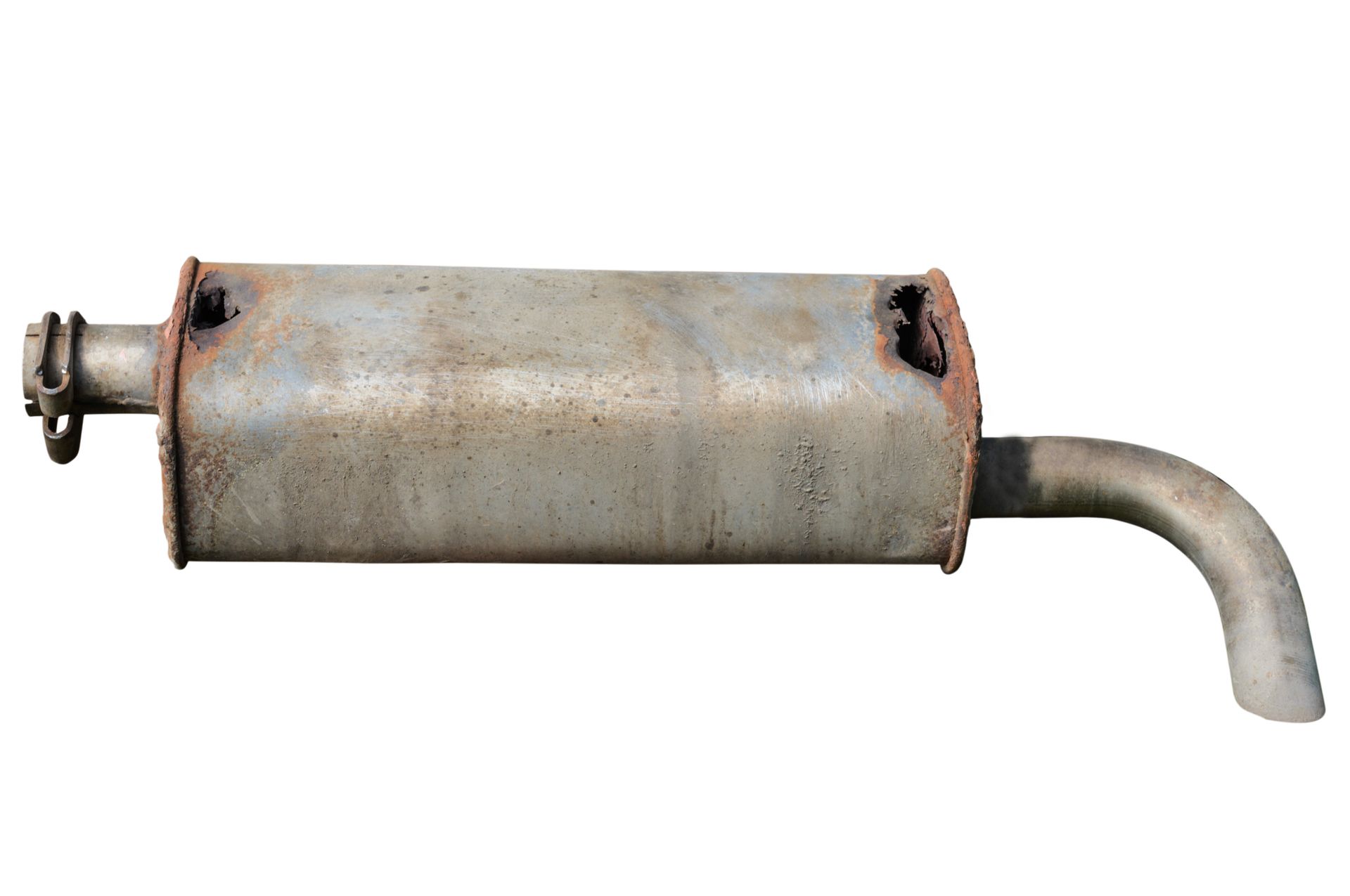Tire Care: Alignment vs Rotation
Let’s face it, tires are expensive and anything you can do to extend their life while also maintaining the safety of your car is a winning combination.
Tire/Wheel Alignment - This is the process of adjusting multiple points of your car’s suspension so that both front and rear wheels contact the road at the direction and angles the manufacturer intended.
While it is possible to do this manually, this process is most often aided by computer hardware and software that use lasers to precisely measure the positioning of your tires/wheels. The tolerances are fractions of a degree so being slightly out of alignment can influence the performance of your vehicle. Misalignment causes uneven or premature tire wear, adds stress to suspension components and can create an unstable condition due to poor balance and unpredictable handling.
Signs that Your Vehicle Needs an Alignment :
● Uneven tire wear – most often noticeable as heavier wear on one side of the tire or on one side of the vehicle.
● Pulling or drifting in one direction – without braking does the vehicle drive straight or need constant correction?
● Crooked steering wheel – when driving straight down the road is your steering wheel indexed to a 12 o’clock position?
● Steering wheel vibration – most often caused by tire imbalance, certain misalignment conditions can create vibration because the wheels are pointed in opposing directions.
Tire Rotation - The process of moving the position of the tires on your vehicle according to a specific pattern with the goal of maintaining an even wear level. This is a general maintenance item and is recommended approximately every 5,000 miles. The pattern of rotation is specific to the features of your vehicle and can be influenced by current tire conditions. Tires create contact with the road and can dictate the handling of your vehicle including the avoidance of hydroplaning and the minimization of braking distances.
Hydroplaning is the condition that allows your tire(s) to break contact with the road and slide across the top of a layer of water on the road. This loss of traction can be quite dangerous. The grooves in your tire are designed to move water away from the tire and reduce the possibility of hydroplaning. Uneven wear has a negative effect on the tires ability to combat this.
Braking distances and handing are heavily influenced by the amount of tread on your tires even in dry weather. Keeping the treadwear even across all 4 tires and then replacing your tires when recommended are key to safe operation of your vehicle.
Both Tire Alignment and Tire Rotation are minor but important maintenance services that extend the life of your tires and improve the safety of your vehicle. Consult your Auto Care professional for guidance specific to your car and plan for these services in your budget.

